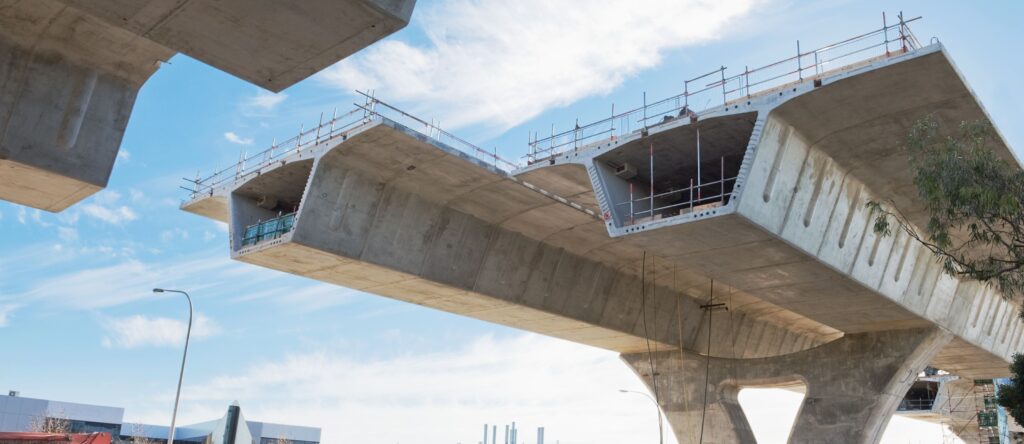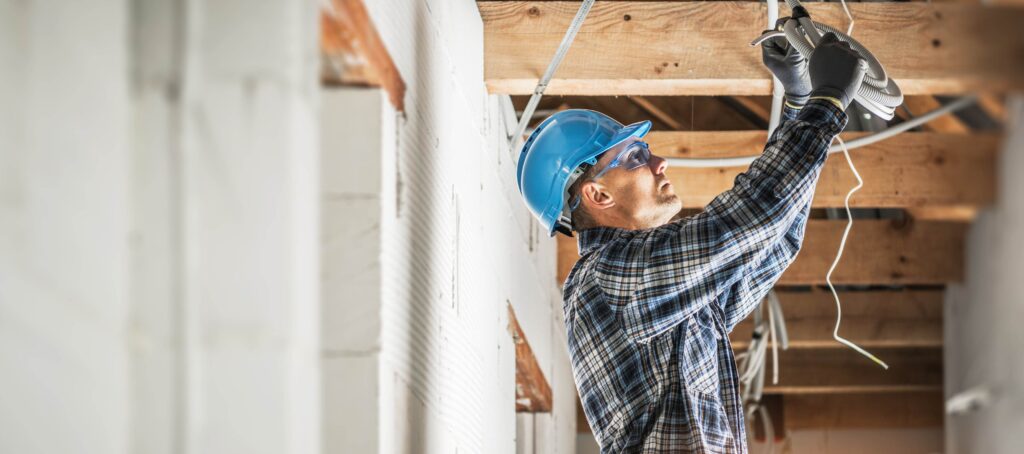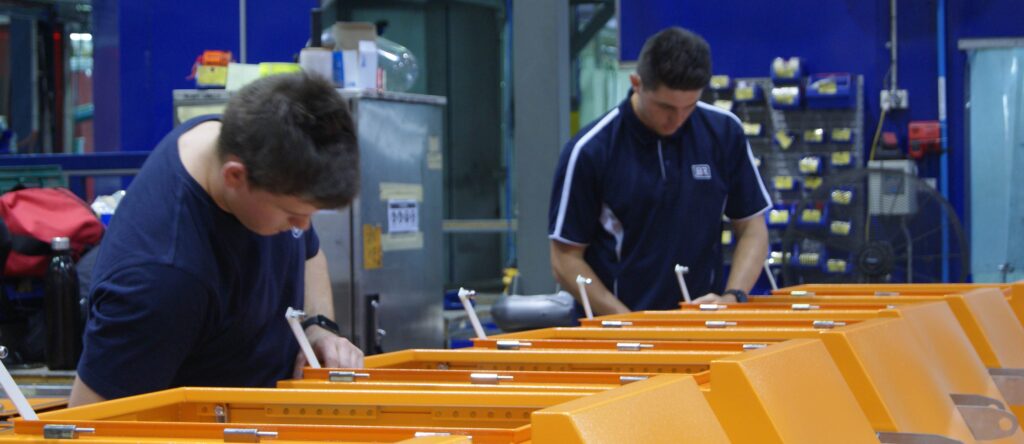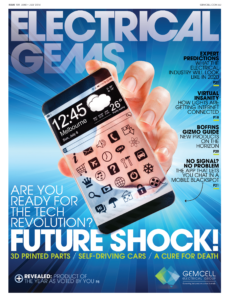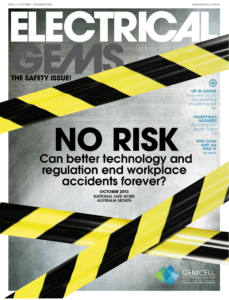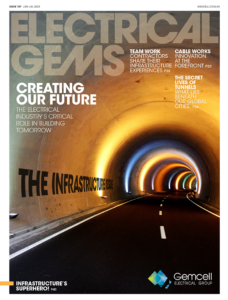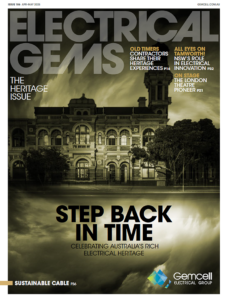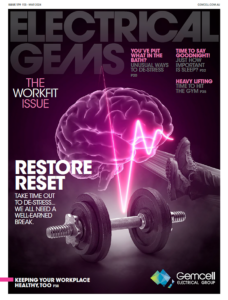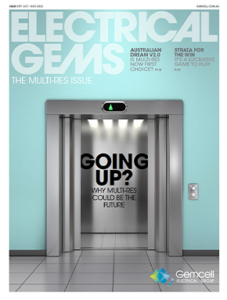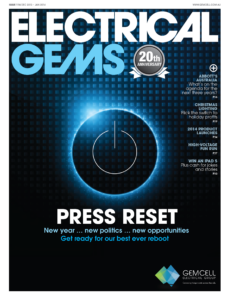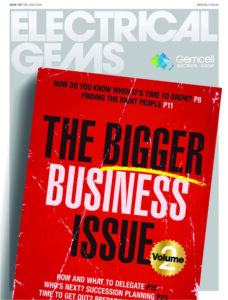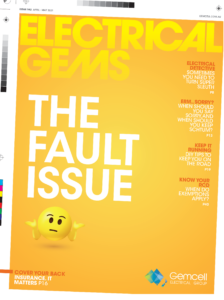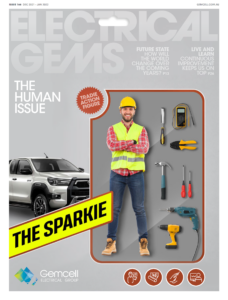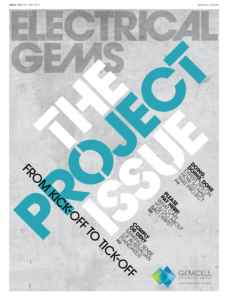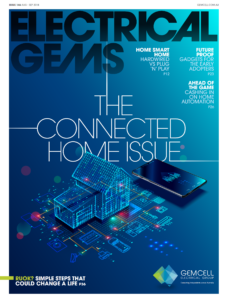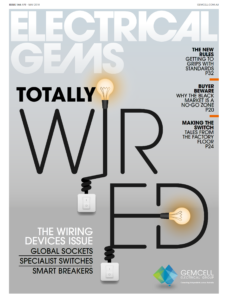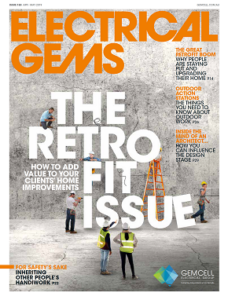Driving demand – what are the factors driving demand for electricians in Australia today?
We all know only too well that there is a skills shortage in the Australian electrical contracting sector, due to a perfect storm of fewer people coming into the sector, and increasing demand.
We explored the skills shortage recently, but what’s creating that increased demand for contractors? It’s important to know, as it can impact everything from where you market yourself to the skills you acquire and the people you employ.
Here are the three key factors that are driving demand for electricians in Australia – and how you can take advantage of them.
The continuing construction drive
It doesn’t take Einstein to work out that more construction equals more jobs for builders, electricians, plumbers, and the like. And, while this demand isn’t uniform, it is growing and growing. From new housing developments to commercial and large-scale industrial projects, construction work in Australia just keeps on keeping on.
Taking some of the indicators in isolation may give you the impression things are slowing down – for example, total number of new dwellings approved in July 2025 was down 8.2% on the previous month, but up 6.6% on July 2024.
However, the Housing Industry Association (HIA) is forecasting one million new homes will begin construction in the five years to 2029 – and recent stats show a strong uptick in the commencement of ‘other residential dwellings’. This is important to know, as multi-unit dwellings fall into this category, and are typically more involved and more complex projects for contractors.
In the non-residential sector, the value of total building fell month-on-month by 14.9% in July 2025, however, over the course of 12 months held steady.
With solar and EV chargers thrown into the mix, in addition to regular electrical work, the construction sector will continue to drive significant demand.
Tips for contractors
- Explore relationships with builders working on multi-unit projects
- Use your website and social media to talk about some of the complexities of working on multi-unit projects – positioning you as an expert and ensuring the building contractor understands the nuances.
- Promote your track record and longevity. In an industry in which we saw almost 3000 building contractor insolvencies recorded in the 2024 financial year, longevity and stability is important.
The energy transition
Energy is creating increased demand for electricians – both in the home and with renewable energy plants, too.
On the domestic front, solar panels are increasingly popular, with more than 300,000 new systems installed in Australia in 2024. In addition, home batteries are increasing in popularity too, with sales increasing to almost 75,000 in 2024 – up from 46,000 the year before.
As well as demand for home batteries, demand for EV chargers is increasing. EV sales are forecast to account for 25% of new vehicle sales in 2025, and with the increase in energy production via solar panels, plus an increasing appetite for battery storage, the appeal of charging a vehicle at home is understandable.
Tips for contractors
- If you’re not working in solar, consider it. It could present a lucrative opportunity to take advantage of for your business.
- Promote home battery installation – this has got to be done by a licensed electrician and you can create expertise about which battery to select, and get the install job, too.
- Similarly, promote yourself as an EV charger expert. Talk regularly online about the pros and cons of different chargers, and even different EVs. By positioning yourself as an expert, you can help your customers make good decisions.
Technological advances – smart buildings and automated systems
The smart home market in Australia is growing and is projected to reach an estimated $10.15 billion by 2033.
The widespread adoption of Matter is speeding things up, and creates a market for residential work that goes beyond the traditional – including advice on future proofing buildings to accommodate new technologies and increased loads.
In the commercial and industrial sector, meanwhile, the adoption of Building Information Modeling (BIM) has of course fundamentally changed how work is planned and executed, with digital twins enabling real-time collaboration, enabling contractors to detect and resolve issues before construction even begins.
This means there’s an increasing shift from on-site to off-site, and a new skillset that’s in great demand, given that digital skills and a knowledge of BIM systems are needed to operate here.
Tips for contractors
For many big commercial and industrial contracts, BIM knowledge is highly sought after.
Talk about the products and opportunities smart home tech enables – particularly with the introduction of Matter.
From conversations with residential and commercial clients to social media and website content, you can develop a new niche.
Promote your digital and BIM capabilities. If you don’t have them in the business, think about getting them.
Subscribe to Electrical Gems
Featuring topical issues in the industry, product reviews and emerging trends in local markets.


